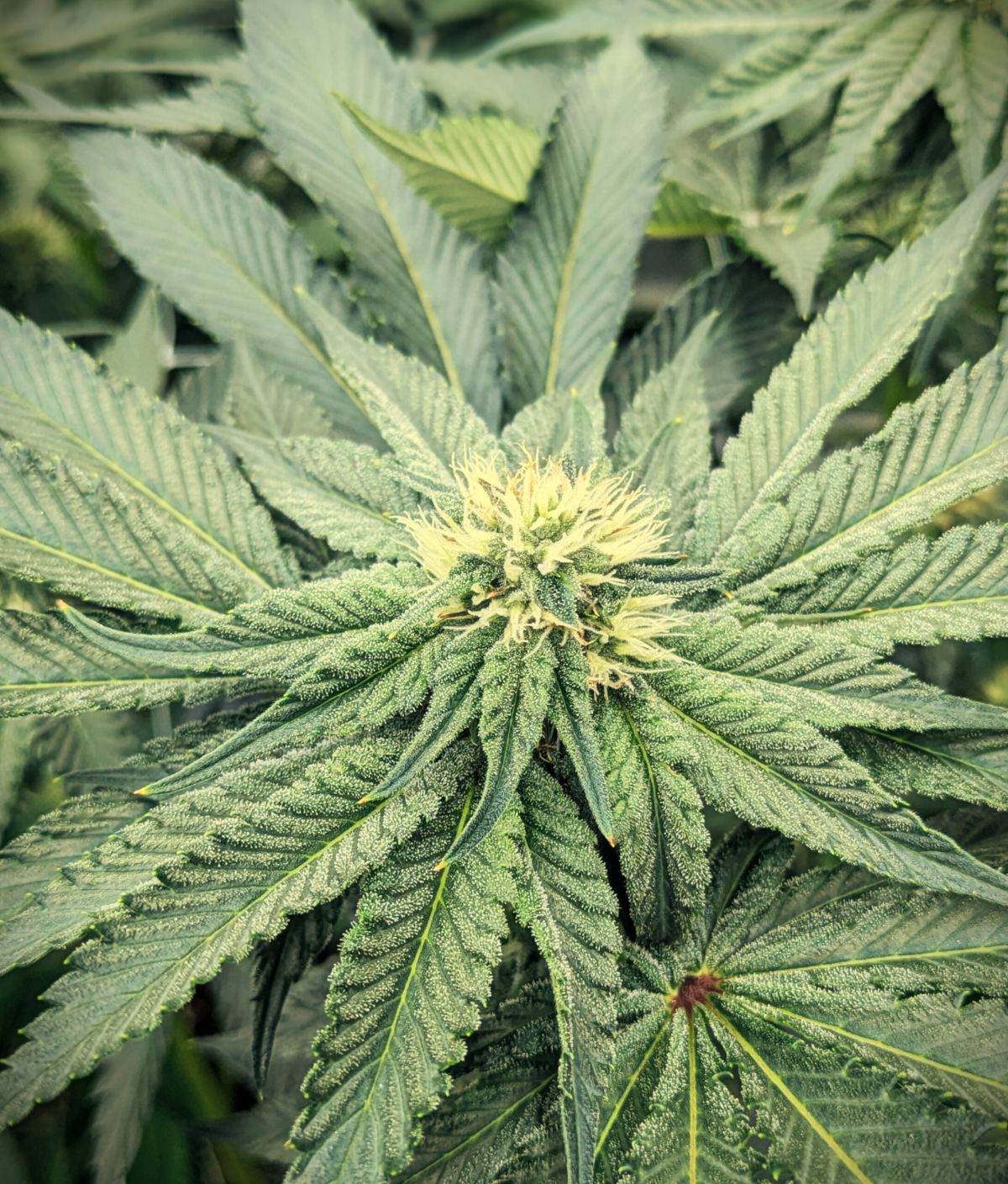Cannabis Genetics

Improve Breeding of Your Cannabis Genetics
When a new cannabis market launches, cultivation companies quickly source popular, high-value cultivars with desirable traits like aroma, flavor, color, and yield. If all cultivators seek the same traits, many will end up with similar chemotypes.
Breeding Cannabis with Purpose
Intentional breeding of cannabis without understanding market demand or clear goals is futile—producing seeds doesn’t guarantee quality or a desirable product. There is much more to producing superior desirable genetics than simply breeding two plants. Breeders must understand how to stabilize genetics through hybridization and backcrossing. At times, luck has also led to many popular cultivars, both intentionally and by chance. Many “bag seeds” have produced amazing, world-famous cultivars that we remember, know or love today.
Intentional Breeding Wins
Breeding with intent includes doing so ethically. Ethical breeding starts with not stealing or utilizing someone else’s hard-earned intellectual property. When breeding new genetics, always give credit to the original breeder (whenever possible). Cannabis culture actively calls out and eventually exposes unsavory and potentially fraudulent business practices. Educated consumers won’t respect misappropriated genetics.
Breeding with intent also means planning your outcome. For example, someone simply taking the two top-selling cultivars and breeding them together likely won’t see satisfactory results. Breeding and stabilizing a cultivar with desired traits takes time, effort, multiple generations, and financial investment. It also involves extensive pheno-hunting to identify the ideal plant. Unstable progeny will never be desirable, as one of the main qualities consumers desire is consistency.
So, how can one breed a signature cultivar without blatantly appropriating genetics from others?
1. Combine landraces with modern cannabis genetics.
One option to produce new cultivars is to utilize old-world, landrace genetics. People have considered these varieties public property for some time, as they’ve been widely available.
When breeding landraces and modern genetics, the latter are more likely to pose potential conflicts. Many popular genetics used in breeding are the hard-earned intellectual property of their original breeders. So, simply crossing landraces with trendy cultivars often lacks respect in the breeding community.
2. Collaborate with other breeders.
Instead of leveraging other people’s work, growers starting their genetic line can collaborate with breeders responsible for the genetics they want to source. In doing so, the original breeders can share in the new variety’s success. Breeders combine old-world and modern genetics. Then, they stabilize the new variety to create a diverse genetic library, which they can further refine to target specific traits.
If a breeder is not successful at producing the desired phenotype expressions in four generations, perhaps it’s best to review practices and start the process over.
Once growers stabilize the phenotype to consistently produce desired traits, they can select progeny to breed, clone, or tissue culture. If the genotype and phenotype are truly unique, the cultivar might even be patentable.
Sexual Versus Asexual Propagation
Sexual propagation involves the application of male plant pollen to the stigma of a female plant to produce seed. This kind of propagation utilizes seeds to produce new plants.
Asexual propagation involves taking a part of a parent plant and regenerating it into a new plant via cloning, tissue culture or cell culture.
PATENT CONSIDERATIONS
When developing cannabis genetics, breeders may develop proprietary varieties that might be patentable. And, though cannabis patenting is a fairly new world, there is precedent for such events. The first cannabis plant patent was granted in 2014. To date, there are at least 45 cannabis plant patents issued by the U.S. Patent and Trademark Office (USPTO). The Plant Patent Act of 1930 offers patent protection for new cannabis plant cultivars.
3. Ensure patent applications have all necessary details and descriptions.
A patent application for any plant must include an exact and detailed botanical description. This includes each characteristic that distinguishes it from all previously existing plants. The patent process requires the applicant to specify how and where the plant was asexually propagated. Applicants must describe the propagation method, and explain the scientific methods used to determine cannabinoid and terpene profiles.
Many cannabis patent applications have been filed and rejected, and some remain pending. The USPTO may reject a patent application for not satisfying the USPTO’s requirements. For example, because the same cultivar was described online. Patent examiners also scrutinize the plant’s name. By law, a U.S. plant patent constitutes registration under the International Union for the Protection of New Varieties of Plants (UPOV), which requires the cultivar to have a name. If another individual or company has a trademark on the proposed cultivar name, the patent examiner can reject the application and advise a name change.
4. Consider each type of patent available for cannabis plants.
There are three protection categories for cannabis or hemp plants that can be granted through the U.S. Patent Office. These categories are a utility patent, a plant patent or a USDA plant variety protection (PVP) certificate.
THE CASE FOR BREEDING
Breeding a proprietary genetic library is expensive and time-consuming. It takes anywhere from 12 to 36 months in commercial settings, and sometimes all a breeder’s working years. Yet I still believe it to be a logical path forward for cultivation companies. Rather than chase the flavors of the month and end up competing against the same cultivar from another producer on the store shelf, it will be more advantageous and profitable to breed and cultivate proprietary, patent-protected signature cultivars.
Ethical, intentional breeders protect their genetics, creating licensing opportunities or exclusive cultivars that represent their brand and innovation.
For more on succeeding in the cannabis industry Click Here